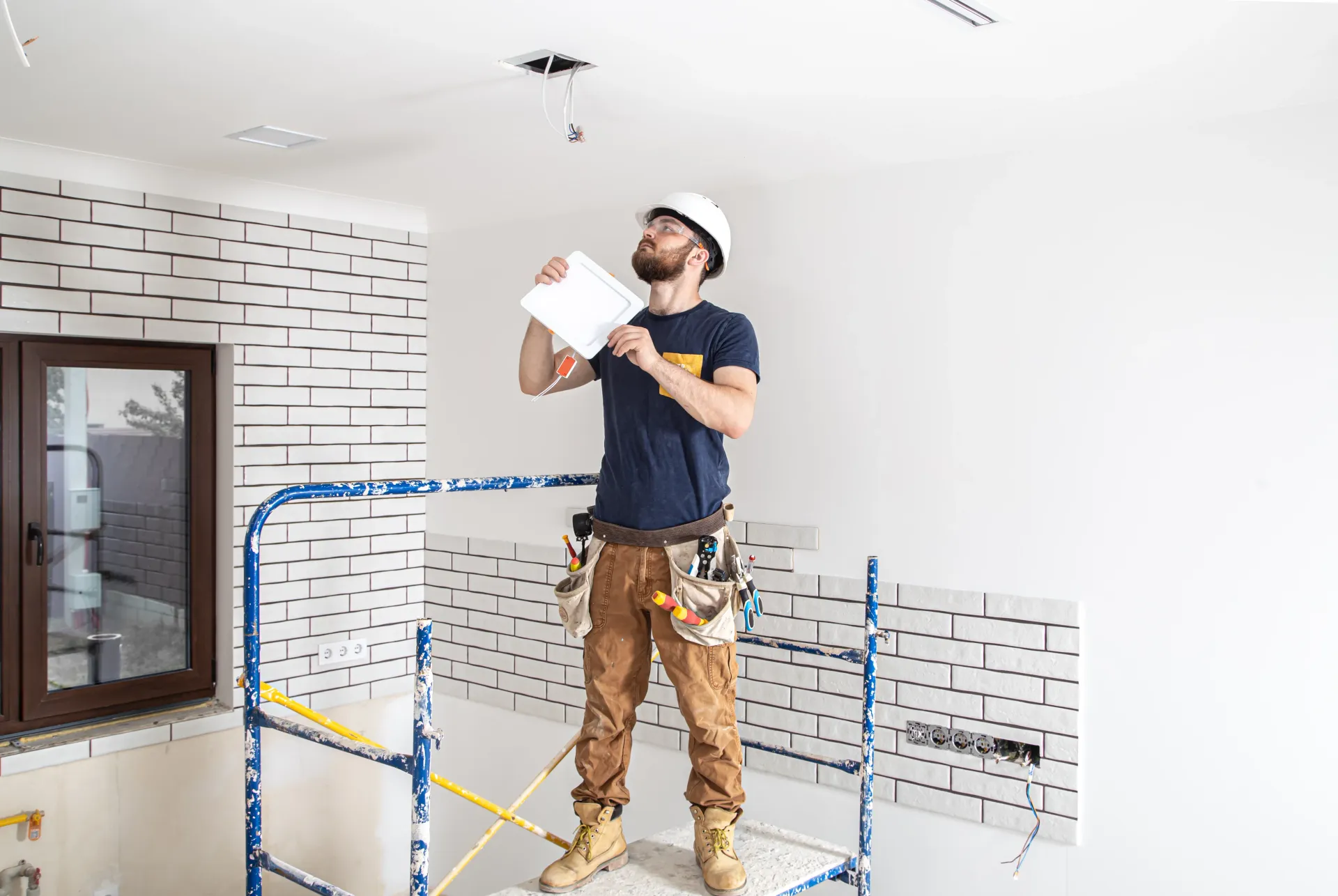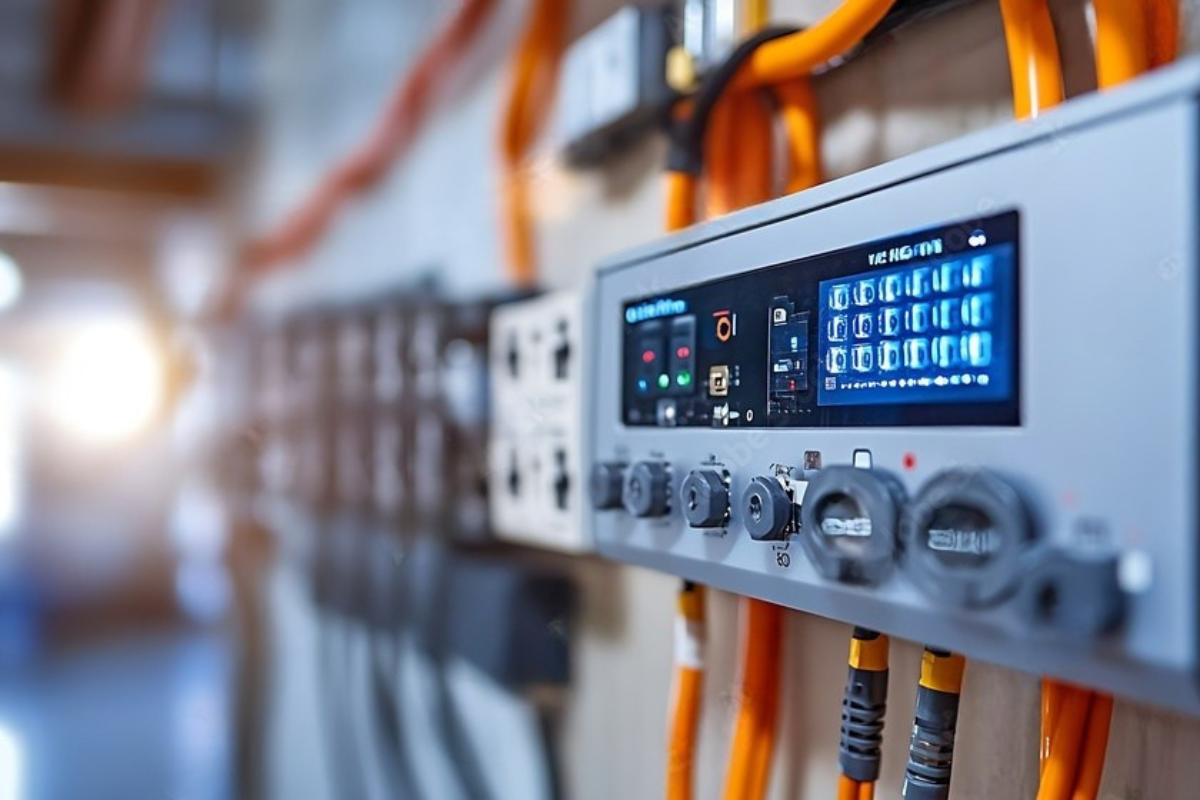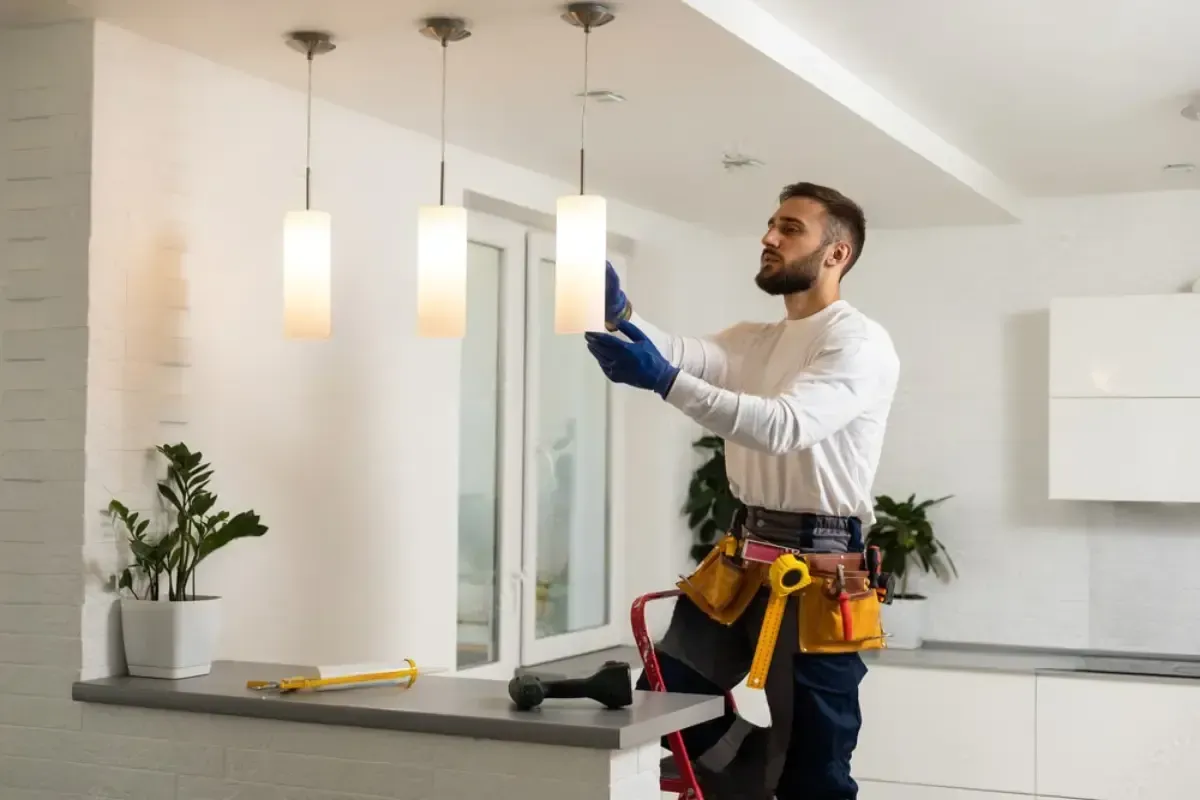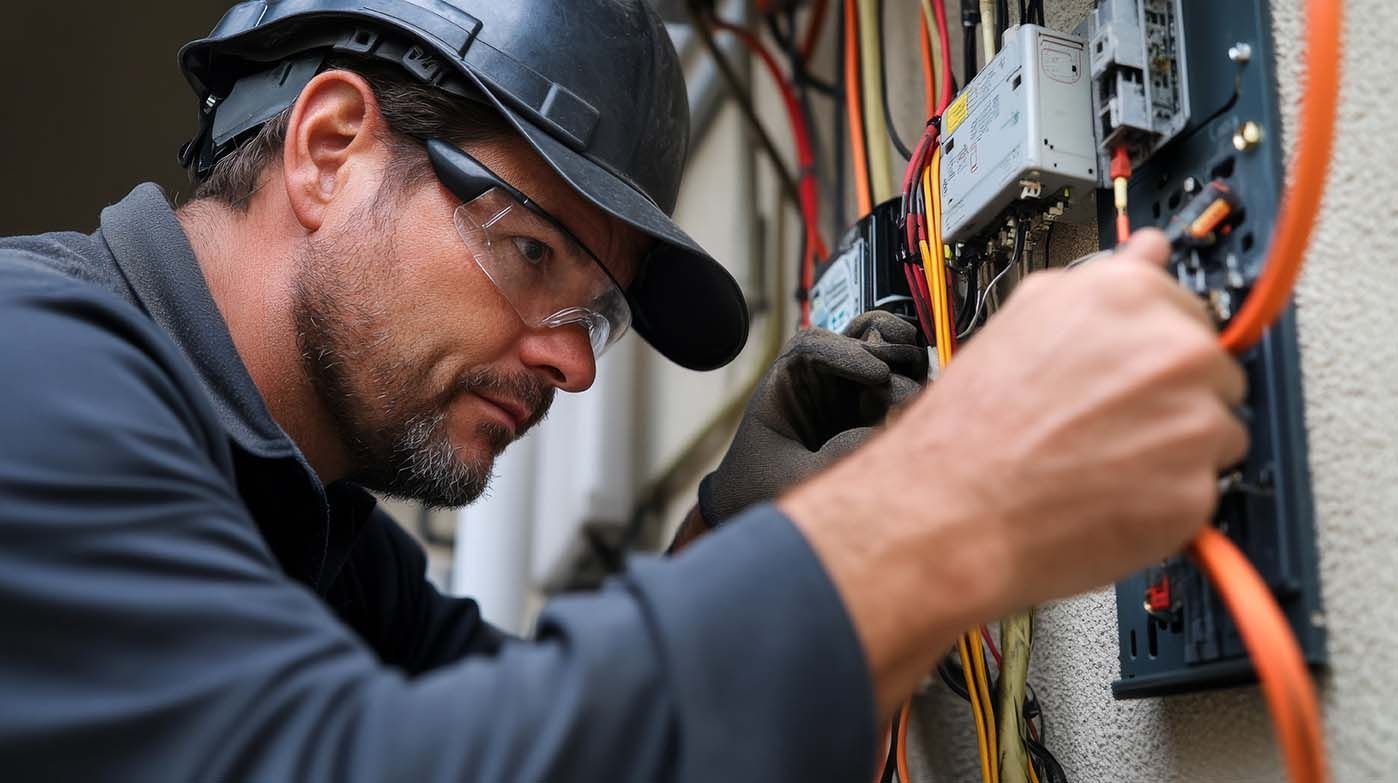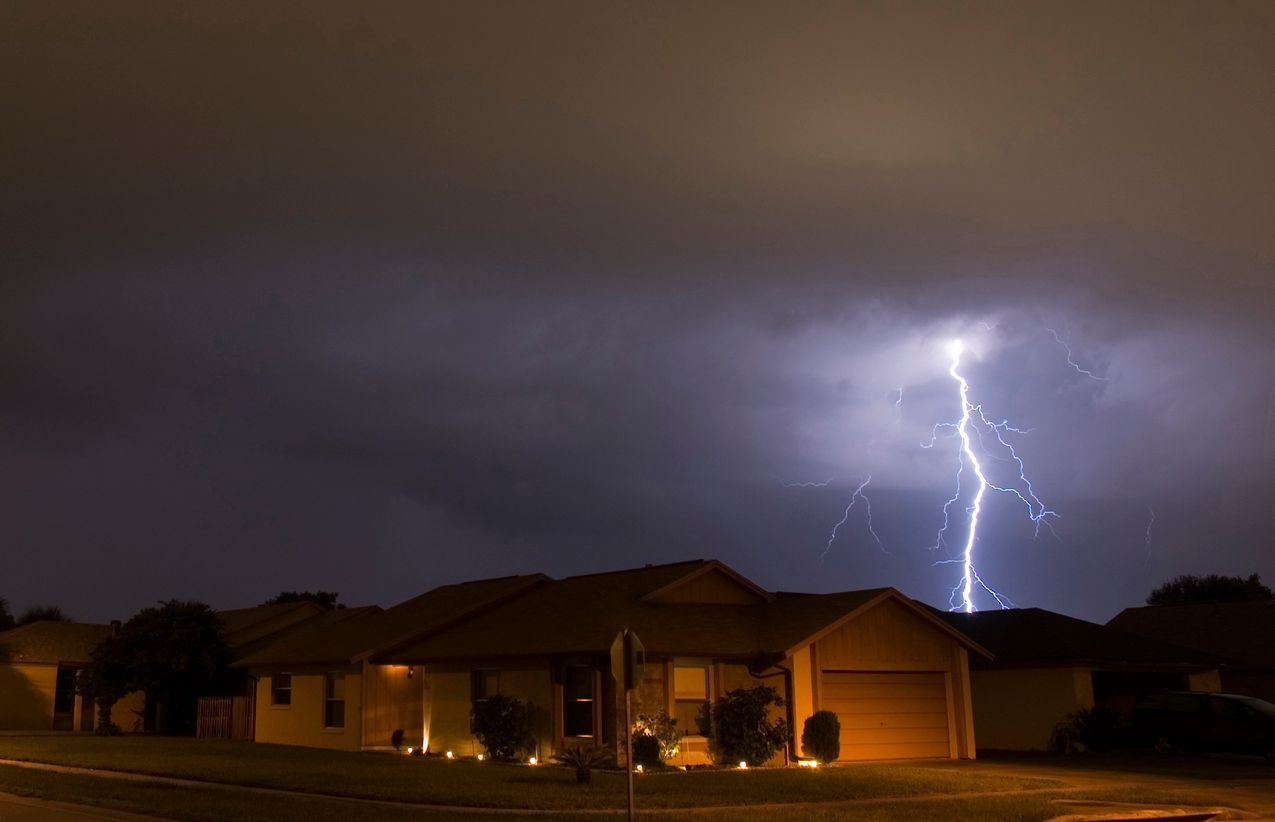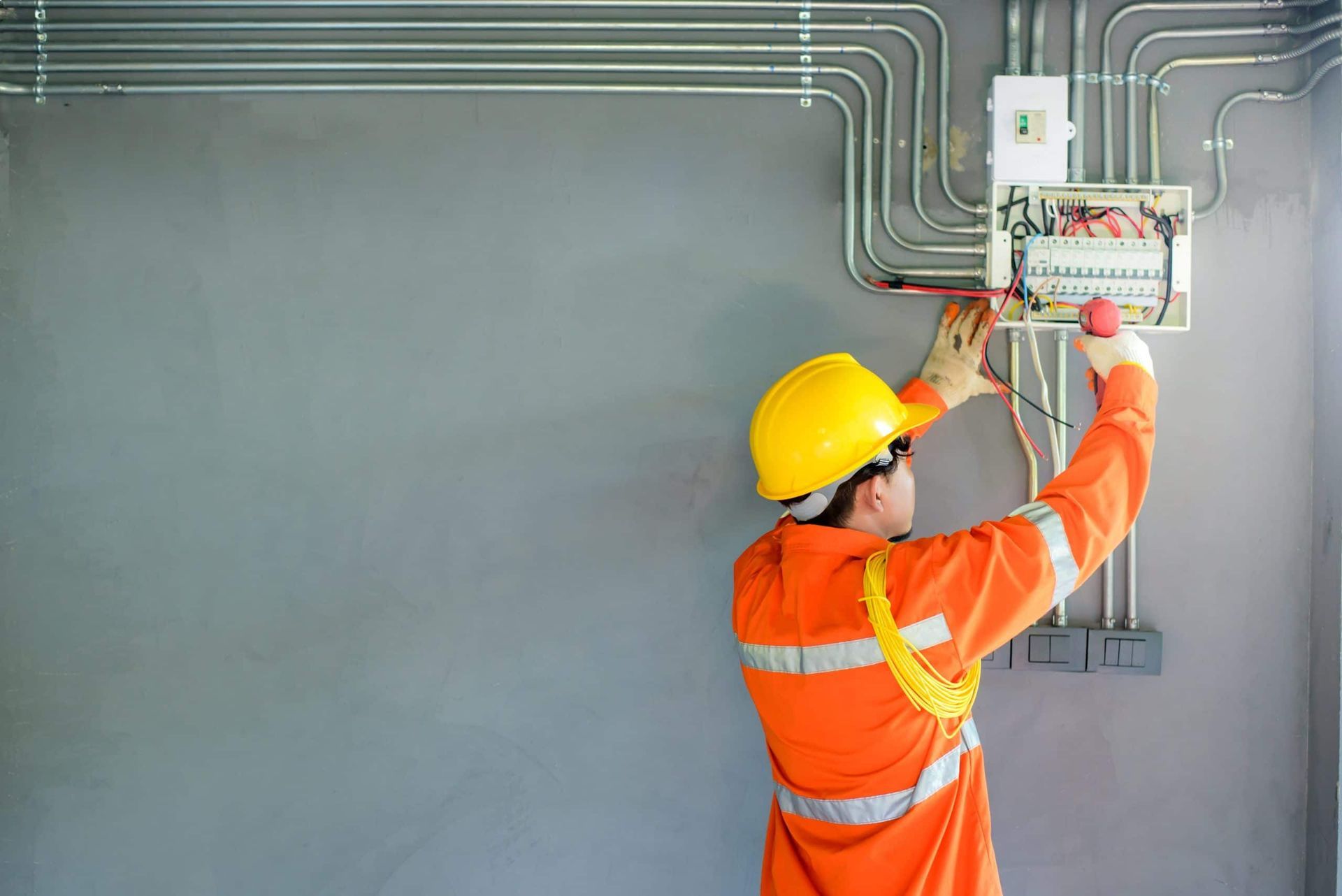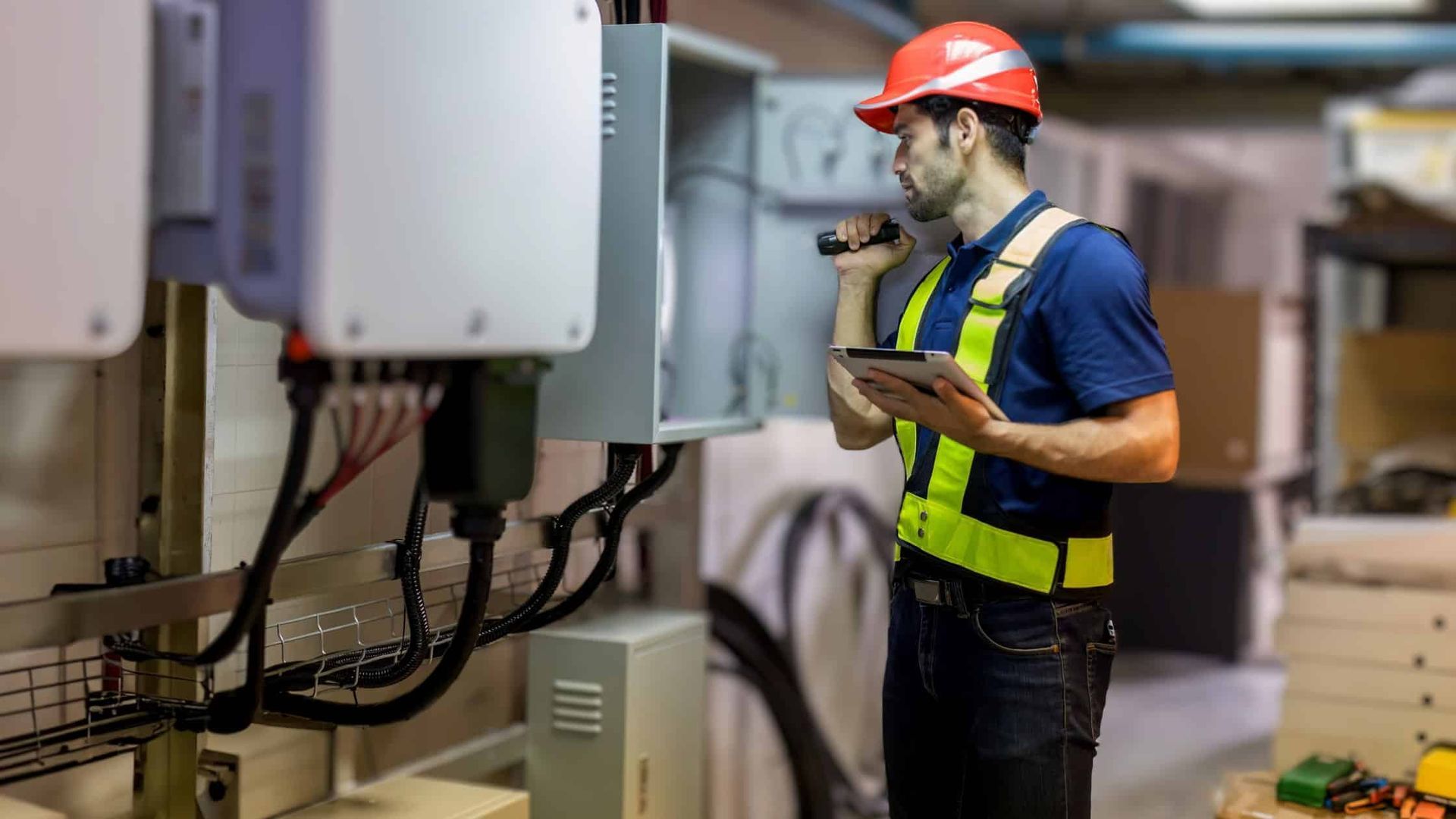The Most Frequent Electrical Troubles in Homes — and Their Fixes
Home electrical systems are complex networks of wires, outlets, switches, and panels. While these systems are built to last, problems like flickering lights, tripping breakers, or dead outlets can occur unexpectedly. Here’s a breakdown of the most common problems and how to tackle them.
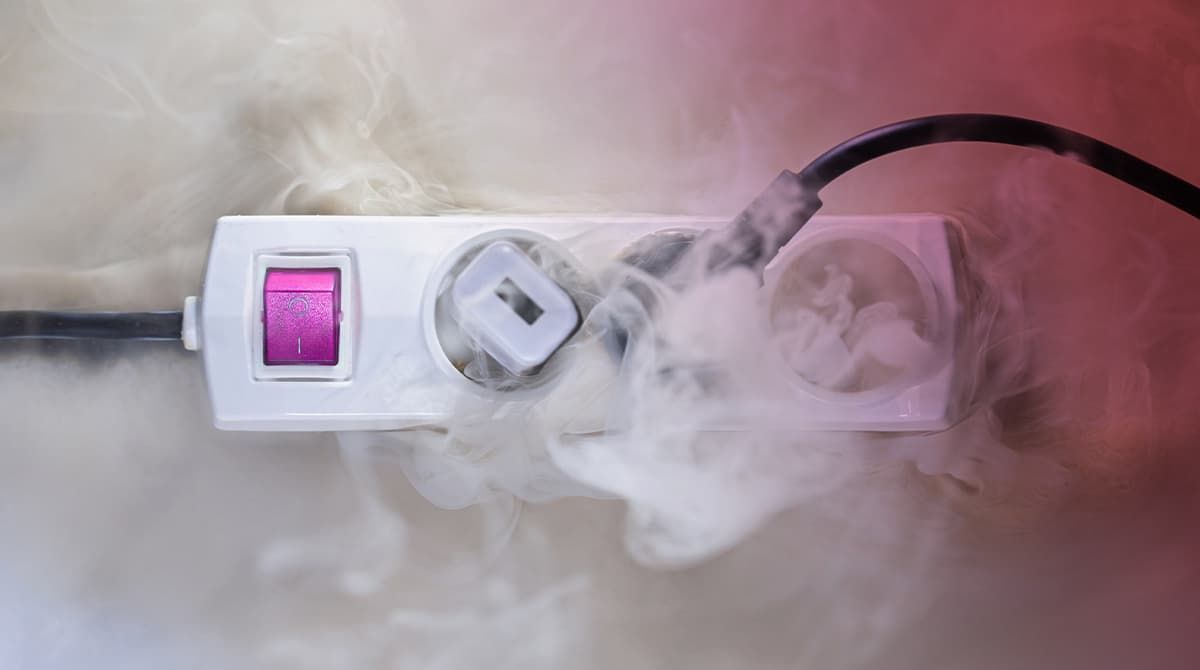
Introduction
Electricity is the lifeline of every modern home, powering everything from kitchen appliances to entertainment systems. Yet, with constant use, electrical systems experience wear and tear. Over time, small issues can grow into safety hazards if left unattended. Knowing the most frequent electrical troubles in homes — and their fixes can save you money, prevent accidents, and keep your family safe.
Flickering or Dimming Lights
Causes:
- Loose bulb or wiring connection
- Overloaded circuit
- Faulty light fixture
Fix: Start by tightening the bulb. If the problem persists, try plugging the light into a different outlet. For persistent dimming across multiple lights, a professional electrical service inspection may be necessary to check wiring and load capacity.
Circuit Breaker Tripping Frequently
Possible Reasons:
- Overloaded circuit from too many devices
- Short circuit from damaged wires
- Ground fault caused by moisture or wiring problems
Fix: Unplug unused devices, reset the breaker, and observe. If it trips again immediately, the issue could be a short circuit that needs urgent professional attention.
Dead Outlets
Why It Happens:
- Tripped GFCI outlet
- Loose wire connection
- Burned-out outlet
Fix: Press the “Reset” button on nearby GFCI outlets. If that doesn’t restore power, turn off the breaker, remove the outlet cover, and inspect wiring. For safety, hire a pro if you’re unsure.
Light Switches Not Working Properly
Causes:
- Loose terminal screws
- Faulty switch mechanism
- Broken wire connection
Fix: Test the switch with a voltage tester. Replacing a bad switch is usually simple, but always cut off power before attempting.
Buzzing Sounds from Outlets or Switches
Causes:
- Loose wiring causing electrical arcing
- Overloaded circuit
- Faulty device plugged in
Fix: Stop using the outlet immediately. This sound indicates a potential fire risk. Call a qualified electrician via the contact page for a same-day inspection.
Frequent Light Bulb Burnouts
Causes:
- Wrong bulb wattage
- Excess vibration near the fixture
- Poor wiring or loose connection
Fix: Use bulbs with the correct wattage, tighten the socket connection, and check for fixture damage.
Electrical Shocks When Plugging Devices
Why It Happens:
- Ungrounded outlets
- Moisture intrusion
- Damaged wiring
Fix: Stop using the outlet and have it inspected. Grounding issues should be resolved by a professional to ensure safety.
Overheating Electrical Outlets
Causes:
- Plugging in high-wattage appliances
- Loose connections inside outlet box
- Damaged receptacle
Fix: Unplug devices and let the outlet cool. If overheating continues, replacement is necessary.
Old or Outdated Wiring Problems
Examples:
- Knob-and-tube wiring (pre-1950s)
- Aluminum wiring (1960s–70s homes)
Fix: Modernize with copper wiring. This not only improves safety but also increases property value.
Faulty Ground Fault Circuit Interrupters (GFCIs)
Causes:
- Internal failure of the GFCI
- Incorrect wiring during installation
Fix: Test GFCIs monthly. Replace units that fail to trip or reset.
Power Surges
Causes:
- Lightning strikes
- Large appliances cycling on/off
- Poor home wiring
Fix: Use surge protectors and consider whole-house surge protection for sensitive electronics.
Poor Electrical Panel Maintenance
Signs:
- Rust on panel
- Burning smell
- Breakers that won’t reset
Fix: Schedule regular panel inspections and upgrades as needed.
DIY Electrical Fixes vs. Hiring a Professional
While replacing a light bulb or tightening a loose outlet cover is fine for most homeowners, jobs involving wiring, breaker replacement, or electrical panel work should be left to trained professionals.
Preventive Electrical Maintenance Tips
- Inspect outlets and cords regularly
- Test GFCIs monthly
- Avoid overloading circuits
Safety Precautions Before Any Electrical Work
- Always cut power at the breaker panel
- Wear rubber-soled shoes
- Use insulated tools
Cost of Fixing Common Electrical Issues
ProblemAverage Cost (USD)Outlet Replacement$75–$150Breaker Replacement$150–$250Wiring Upgrade$2,000+
When to Upgrade Your Home’s Electrical System
If your home has frequent breaker trips, outdated wiring, or insufficient outlets, upgrading will improve both safety and efficiency.
FAQs
What’s the most common electrical problem in homes?
Flickering lights and tripping breakers are among the most common.
Can I fix a dead outlet myself?
Yes, if it’s just a tripped GFCI, but deeper wiring problems require a pro.
How often should I check my breaker panel?
At least once a year, ideally by a licensed electrician.
Are power surges dangerous?
Yes — they can damage electronics and appliances instantly.
Why does my outlet feel warm?
Overloaded circuits or faulty wiring can cause dangerous heat buildup.
Do old homes need electrical upgrades?
Almost always, especially if wiring is outdated or ungrounded.
Conclusion
The most frequent electrical troubles in homes — and their fixes — range from simple bulb changes to full wiring upgrades. By knowing the warning signs and acting quickly, you can avoid costly repairs and dangerous accidents. When in doubt, trust a licensed electrical service to keep your home safe.
